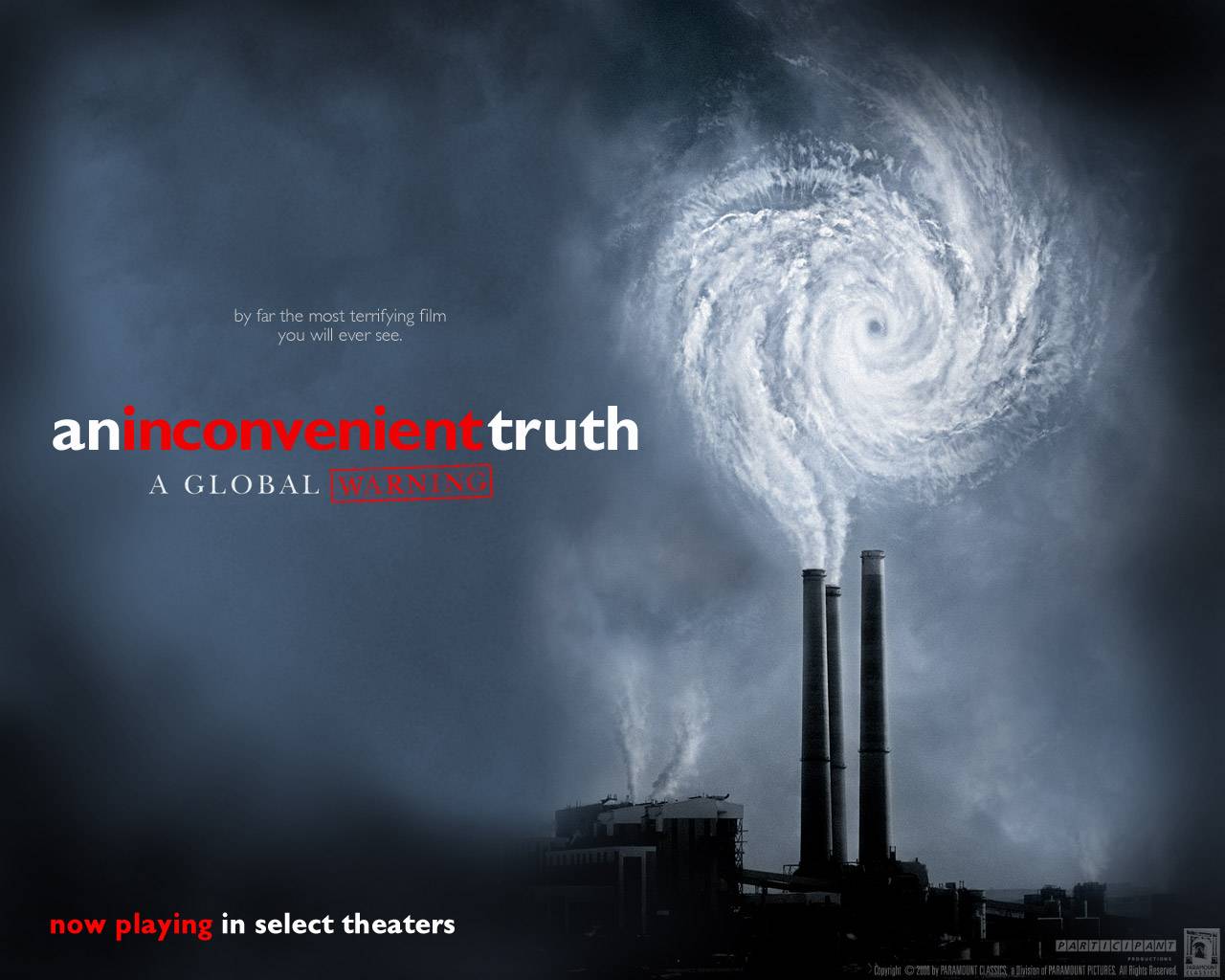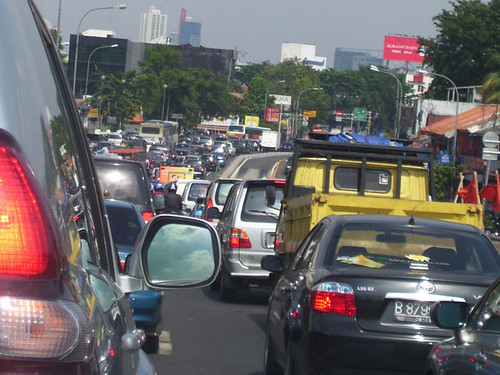(Source: Reuters, New York Times, Washington Post, fivethirtyeight.com & CNN)

Image Courtesy: Climatecrisis.net - An Inconvenient Truth
The U.S. House of Representatives on Friday narrowly passed a climate change bill that would create a national system to cap greenhouse gas emissions and allow trade of such credits. Only eight Republicans joined Democrats in backing the measure. Prospects for Senate passage this year are uncertain. States that have set the U.S. agenda on addressing greenhouse gas emissions are lining up behind a federal climate bill, fearing signs of dissent would weaken a plan that still faces hurdles.
The vote was the first time either house of Congress had approved a bill meant to curb the heat-trapping gases scientists have linked to climate change. The legislation, which passed despite deep divisions among Democrats, could lead to profound changes in many sectors of the economy, including electric power generation, agriculture, manufacturing and construction.
There was no derth of drama in the House from the moment the legislators began the day’s proceedings. The Democrats released a 301-page amendment to the bill at 3:09 a.m. Friday, drawing protest from Republican Leader John Boehner, R-Ohio. “This is the biggest job-killing bill that has ever been on the floor of the House of Representatives. Right here. This bill,” Boehner said.
The leaders of the House are customarily granted unlimited speaking time, but when the Boehner’s speech went more than 2½ hours, Democrats objected. “Is this an attempt to try to get some people to leave on a close vote?” asked Rep Henry Waxman, D-California, the bill’s lead sponsor.
President Obama hailed the House passage of the bill as “a bold and necessary step.” Mr. Obama had lobbied wavering lawmakers in recent days, and Secretary of State Hillary Rodham Clinton and former Vice President Al Gore had made personal appeals to dozens of fence-sitters.
But the legislation, a patchwork of compromises, falls far short of what many European governments and environmentalists have said is needed to avert the worst effects of global warming. And it pitted liberal Democrats from the East and West Coasts against more conservative Democrats from areas dependent on coal for electricity and on heavy manufacturing for jobs.
The House legislation reflects a series of concessions necessary to attract the support of Democrats from different regions and with different ideologies. In the months of horse-trading before the vote Friday, the bill’s targets for emissions of heat-trapping gases were weakened, its mandate for renewable electricity was scaled back, and incentives for industries were sweetened.
Several House members expressed concern about the market to be created in carbon allowances, saying it posed the same risks as those in markets in other kinds of derivatives. Regulation of such markets would be divided among the Environmental Protection Agency, the Commodity Futures Trading Commission and the Federal Energy Regulatory Commission.
Following is a list of key provisions of the landmark bill (thanks to Washington Post):
- Emissions from a large sector of the U.S. economy, including power plants, factories and auto tailpipes, will be required to be cut 17 percent below their 2005 levels by 2020, and 83 percent below those levels by 2050.
- These reductions would be managed by requiring emitters to amass buyable, sellable “credits” equal to their pollution.
- About 85 percent of these credits would be given away for free, many of them with the mandate that electricity distributors sell them and use the proceeds to soften the blow of rising energy prices. Environmentalists had wanted the government to auction them all off.
- Electricity producers would be required to get at least 15 percent of their energy from renewable sources by 2020, with up to 5 percent more energy saved from new efficiency measures. The two figures must add up to 20 percent.
- Polluters could also balance out some of their emissions by purchasing carbon “offsets,” which are official certificates that greenhouse gas emissions have been avoided, or taken out of the air. In a last-minute amendment, oversight over offsets generated on farms was taken from the Environmental Protection Agency and given to the Agriculture Department.
- A new Clean Energy Deployment Administration funded with $7.5 billion in “green bonds” would provide government money to private companies investing in environment-friendly technologies.
Nearly half the U.S. states have moved toward curbing greenhouse gas emissions and want the federal government to learn from their experience in creating systems to cap emissions and trade pollution credits. States that have set the U.S. agenda on addressing greenhouse gas emissions are lining up behind a federal climate bill, fearing signs of dissent would weaken a plan that still faces hurdles.

Image Courtesy: www.fivethirtyeight.com
At the heart of the legislation is a cap-and-trade system that sets a limit on overall emissions of heat-trapping gases while allowing utilities, manufacturers and other emitters to trade pollution permits, or allowances, among themselves.
The cap would grow tighter over the years, pushing up the price of emissions and presumably driving industry to find cleaner ways of making energy.
Regional considerations tend to loom larger in debates over environmental policy than in other sorts of affairs. Some states consume more energy than others. Some states have more carbon-intensive economies than others.
Some states are more or less likely to be negatively impacted by global warming. And some states are better equipped to take advantage of green energy development.
One of the first of those concerns: household energy usage. The goal here is simple: the Congressional Budget Office recently put out an estimate (.pdf) of the costs of the Waxman-Markey cap-and-trade bill. The CBO estimated that the average American household would wind up paying a net of $175 in additional energy costs in the year it benchmarked, which was 2020. But how does that cost translate to individual states?
Our renowned statistics whiz at fivethiryeight.com has come up with a brilliant way to translate the CBO’s numbers, based on his interpretation of the CBO’s assumptions, to the level of individual states, making it easy for us common folk to understand what is to be expected when this cap and trade takes effect ( Transportgooru recommends this as a must read article, especially if you care to know about the the nuts and bolts of “cap-and-trade” system)









